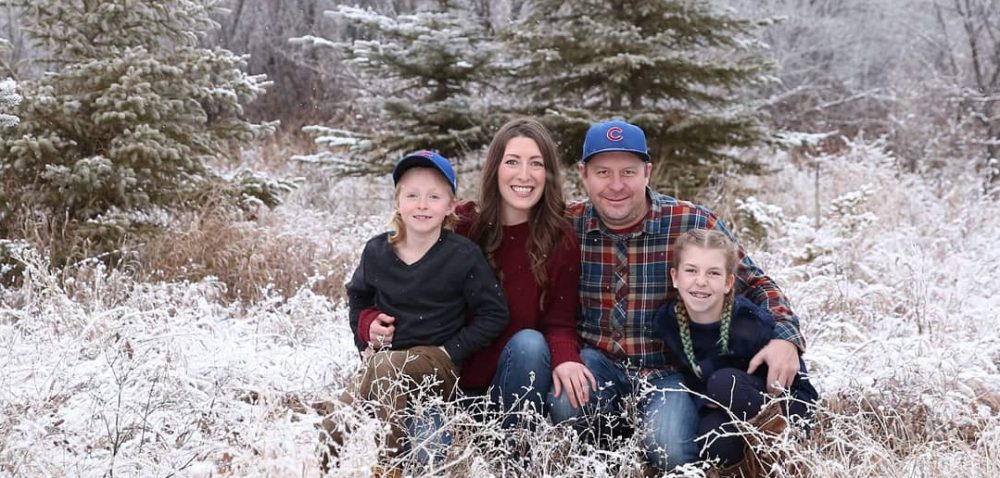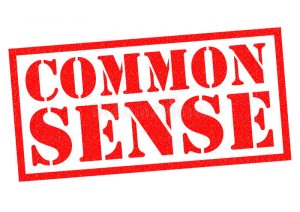For my Understanding of Curriculum study, I am choosing to recognise Reconciliation in the curriculum. I chose an article by Terry Wotherspoon and Emily Milne, where a study was taken place across Saskatchewan and Alberta, asking the public about our methods in which we are trying to teach reconciliation. Are we going about it in the right way, or have we not taken in perspectives outside of a colonial mindset. The study was done over the Provinces of Saskatchewan and Alberta because there was a higher rate of people who had relations to Indigenous roots and school aged children. The study gathered general information about how much knowledge the interviewee had on Residential schools, or even Truth and Reconciliation. It also asked questions such as “How far have schools gone to promote Truth and Reconciliation? ” where 13% of those interviewed felt school had gone “too far” in the education process towards TRC. It does not surprise me to see a stat like that, as I have many first hand experiences where I have witnessed someone speak so blatantly racist around my home town. That stat shows me that the work we are doing in our school is very important, and we need to continue to educate our population, so misunderstanding, or racist behaviours can be confronted and deterred.
It is nice to see a study like this is taking place because it shows we are trying to acknowledge our current set up for education and see how it compares to the colonial perspective we originally started our curriculum on. The fact that we are trying to do more than just “co-exist peacefully”, and actually trying to correct ourselves in any wrong steps we may be taking, is very refreshing to see. Incorporating Indigenous voices is so important in this educational step towards TRC, and bringing Land-Based education more to the fore front is a great first step.
I have more research to do in this topic, as well as understanding into how our education system may be stuck in a more colonial mind-set. Breaking down curriculum into a more inclusive environment is important, but also making sure our current school system is properly acknowledging how we may be lacking Indigenous voices and representation is important.
Wotherspoon, Terry, and Emily Milne. ““Errors Were Made:” Public Attitudes Regarding Reconciliation and Education in Canada.” The Canadian Review of Sociology, vol. 58, no. 3, 2021, pp. 306–26, https://doi.org/10.1111/cars.12351.

